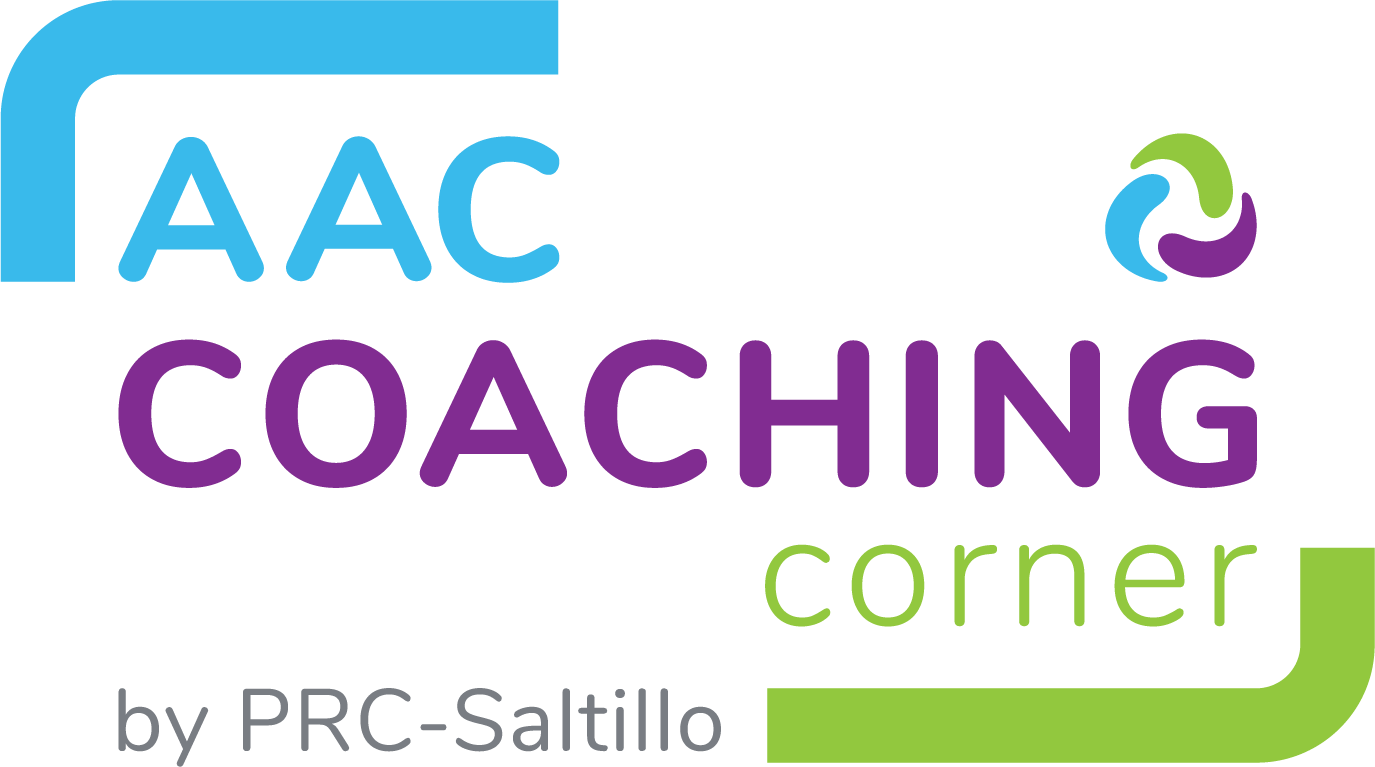https://auth.prc-saltillo.com/v1/authorize?response_type=code&redirect_uri=https%3A%2F%2Fprentrom.com%2Flogin&client_id=prentrom&nonce=3ea0c9fdea6e633315ea5d6740ae31f1&state=516a40ddb0abd5c7f0cfeed853648176&scope=openid+profile+email+admin+address+phone+admin+user+title
Create New Account















 The History of the Prentke Romich Company (PRC) IS the History of alternative and augmentative device technology.
The History of the Prentke Romich Company (PRC) IS the History of alternative and augmentative device technology. 1980s
1980s 2000s
2000s